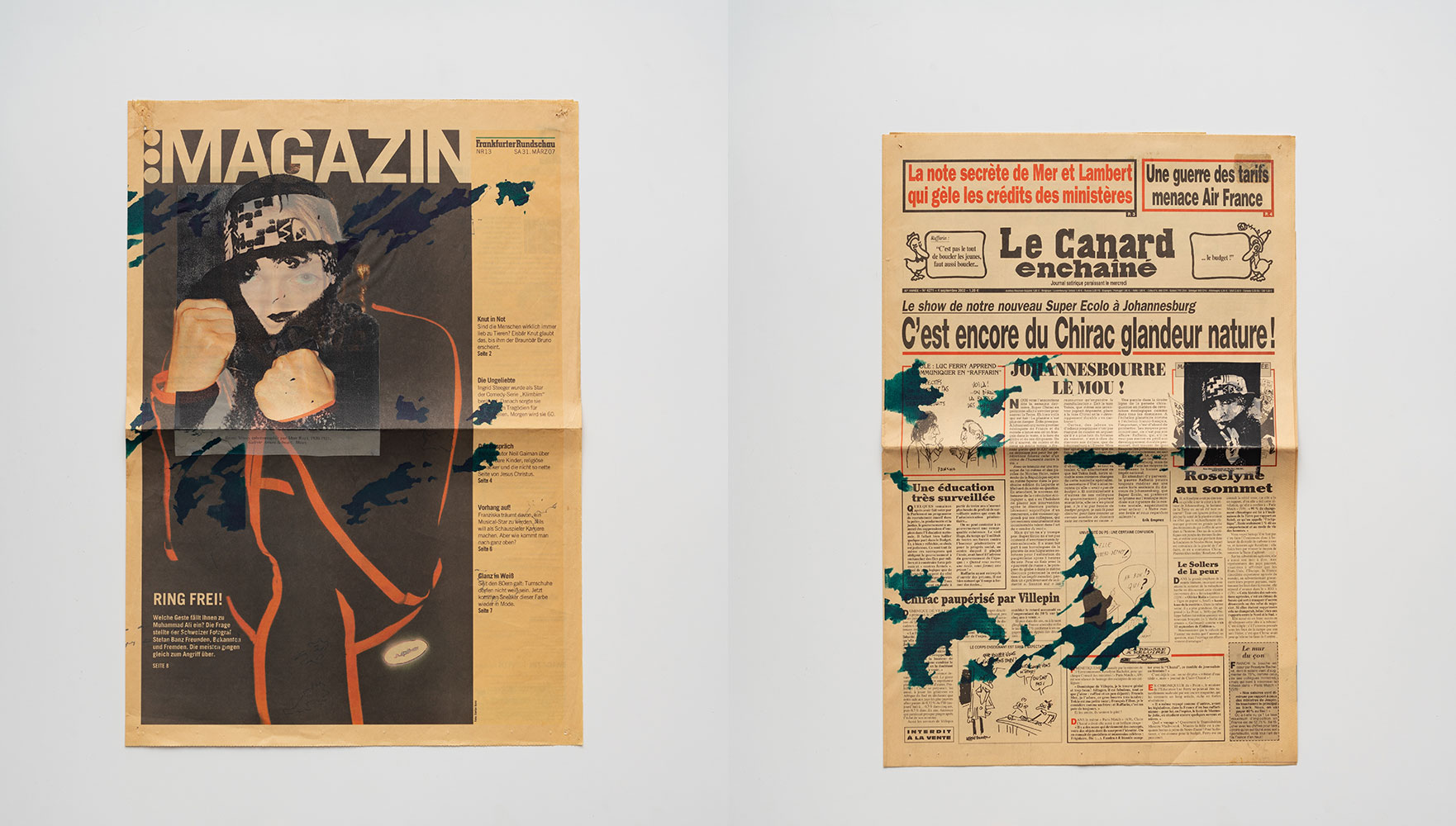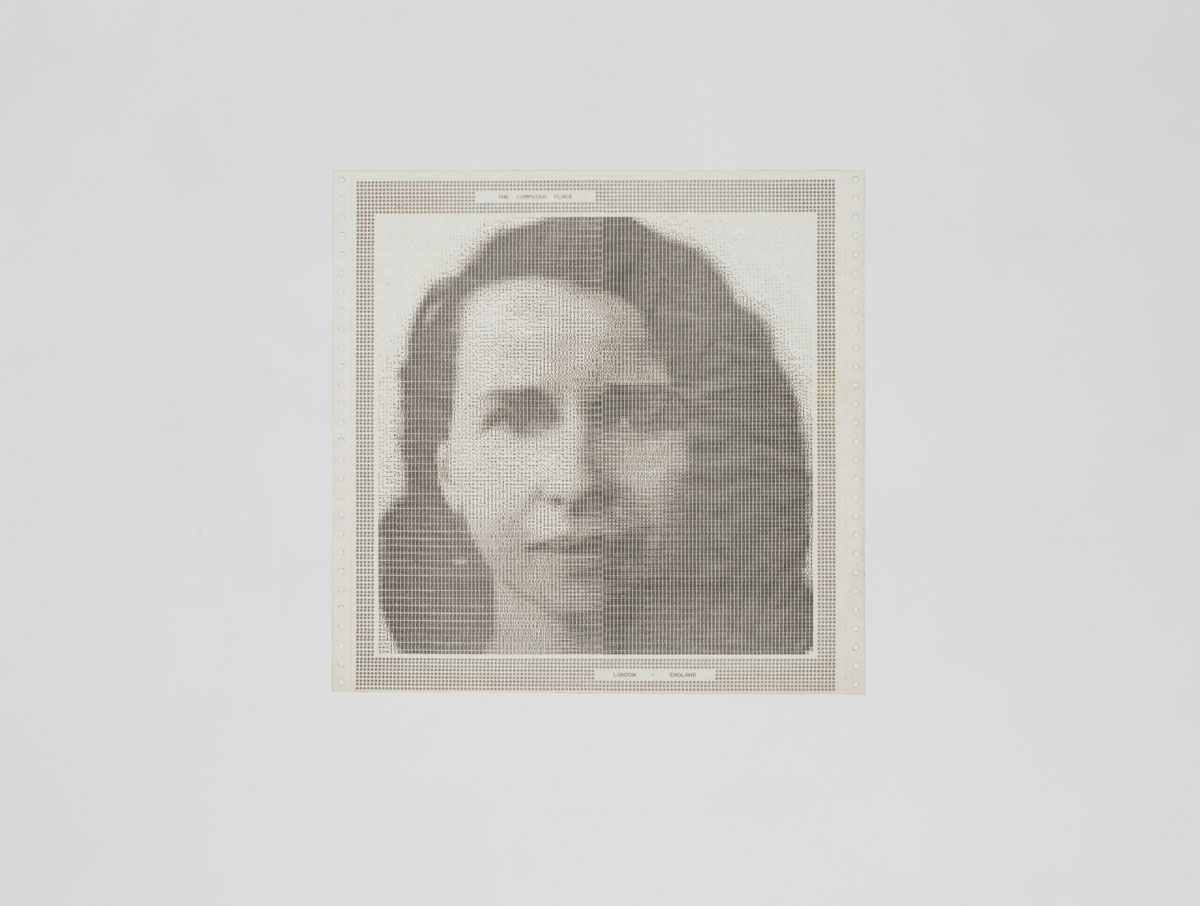ART-PREVIEW: Anna Bella Geiger-Native Brasil / Alien Brasil
 Anna Bella Geiger is a pioneering artist in the Brazilian scene, with a truly innovative and experimental work that intercrosses dimensions and symbolisms of various orders: political and personal, corporal and conceptual, formal and aesthetic. Geiger was one of the first artists to engage in abstract art in Brazil, participating in the historic and inaugural exhibition of Brazilian abstract art held at the Quitandinha Hotel, in Petrópolis (RJ), in 1953. Since the 1970s she has also worked with video, conceptual art and mail art.
Anna Bella Geiger is a pioneering artist in the Brazilian scene, with a truly innovative and experimental work that intercrosses dimensions and symbolisms of various orders: political and personal, corporal and conceptual, formal and aesthetic. Geiger was one of the first artists to engage in abstract art in Brazil, participating in the historic and inaugural exhibition of Brazilian abstract art held at the Quitandinha Hotel, in Petrópolis (RJ), in 1953. Since the 1970s she has also worked with video, conceptual art and mail art.
By Efi Michalarou
Photo: S.M.A.K. Archive
Including over 170 works and spaning a period of more than fifty years. Key series from Anna Bella Geiger’s oeuvre are shown alongside historical installations and Geiger’s works for the Venice and São Paolo Biennales (1980 and 1981, respectively) in the Retrospective entitled “Native Brasil / Alien Brasil”. The exhibition takes its title from Geiger’s emblematic work “Brasil native / Brasil alienígena” (1976-77), which opposes the idealised representation of indigenous peoples in Brazil. Like many of her contemporaries, she questions the Brazilian identity (Brasilidade) in this series of postcards and the manner in which it has been recuperated across the generations. The postcolonial, anthropological and feminist questions that we can discern in this work, and by extension in Geiger’s multifaceted oeuvre, have lost none of their relevance today. Born in 1933, the daughter of Jewish immigrants from Poland, Geiger began her study of the arts, like Lygia Pape, at Fayga Ostrower’s studio. At that time, in the early 1950s, her work was very much linked to abstract informalism, but, throughout the following 60 years, her production has been characterized by constant internal ruptures. Anna lived an important part of her life during the military dictatorship – which had a profound effect on her interests and positions. In 1965 comes the first of many ruptures in Anna Bella’s career: this is the year when she abandons abstract informalism and begins a series of engravings and drawings entitled “Viscerals”. After all, how can one be abstract when the world is so urgent? While the standard printing plates for engravings were traditionally rectangular, Anna started cutting them in the shape of human organs. Understanding that one’s body is constantly engraved by the world, Anna realized that we should look to the body itself for evidence of the marks left by reality. With conceptual resources of simulated transmutation, Anna went on to investigate the insides of metal as if examining the pieces of a body that feels pain. In the early 1970s, Anna Bella Geiger began engaging in educational activities connected to the Museum of Modern Art in Rio de Janeiro. Her classes turned more and more experimental – to the point that, based on a study of the symbolic through her obsessive readings of Jung and Mircea Eliade, she decided to propose that her students investigate the Center utilizing only dirt, the surface of the Earth, and tools such as shovels, rakes, hoes, ropes and brooms which they brought with them to the desert at the edge of the Marapendi Lagoon. The experiment was the object of photographic registers and resulted in audio-visual exhibitions. For Anna, this work had a spiritual and ecological relationship with nature, such that the world itself had become the very medium for art. The result of this experiment indicated an infinite expansion of the possibilities of creative action, but, as such, also its very exhaustion. This caused Anna to spend some time without producing anything, dedicating herself exclusively to intellectual and educational activities.
In 1974, developing techniques of photo-engraving and photo-serigraphy, Anna Bella Geiger began a series entitled “Polarities” in which, like in her “Visceral “phase, words appear on paper, though not written in pencil, but rather printed with cliches. Centro [Center], Periferia [Periphery], Certo [Right], Errado [Wrong], Finito [Finite], Infinito [Infinite], Dentro [Inside], Fora [Outside], Parte [Part], Todo [Whole], Dia [Day] and Noite [Night] were some of the words that were no longer relegated to the base of the image, affirming the figurative, but instead located inside the image, acting as if they were truly integral parts of the work – information placed in the space with precision. This sort of strategy, which approximated the axis of imagination to the axis of reflection and stimulated critical activity, is an important, recurring characteristic of the works of art produced in Brazil under the military government. From her study of the symbolic, there was then a serious discourse and reflection on her political position which questioned the situation in Brazil, but also the Western world and its modernity as a whole. The affirmation and contradiction of these words at the same time is a strategy introduced to pervert the structure of a civilization structured by the axises of the circulation of letters. In 1970, Anna managed to get some of the first photos of the moon’s craters directly from NASA. It’s important for us to recall that this was less than a year after man landed on the natural satellite for the first time. Anna Bella was (and still is) married to geographer Pedro Geiger, and they, like most of their friends, were involved in the left-wing political struggles in Rio de Janeiro. With four children, in a context of severe repression in which there was much fear in openly discussing the political situation in the country, Anna began printing lunar surfaces in order to create a neutral territory (the moon) where she could speak freely. Like those who stood atop soapboxes in the city squares of London. Anna Bella inserted polarities in this graphic-imaginary space, and here we see the first use of airbrush in her work. Also during this time, Anna Bella began developing her illustrated notebooks – small artist books in which she explored issues that she considered pressing, such as the art system, the history of Brazil, Brazilian culture, the relations between the First and Third Worlds, etc. The choice of this format echoes a didactic tension, the consequence of her experiences as a teacher, but also as the mother of four children.
In the small book titled “Admission”, which parodies an ordinary school notebook, Anna Bella inserted expressions like Hélio Oiticica in a multiple-choice question about tropical products as part of an investigation on the formation of Brazilian identity. In one titled “The History of Brazil illustrated in chapters”, Anna Bella utilized a series of photo copies of Victor Meirelles’s painting “The First Mass in Brazil” to recount the history of the colonial period from a critical point of view and also comment on the recurring massacres of indigenous communities in the 1970s – hinting at the sociology of a heterogenous population whose characteristic features are internal domination and colonization. At that time in the 1970s, Anna Bella Geiger came to understand maps as instruments utilized to determine one’s own location, as well as the location of others, and, that as such, they are efficient in maintaining dominance and cultural and political hegemonies. To investigate and act upon cartographic representation would then be taking direct action on the relationships of control. While still a child, Anna Bella inherited a precocious obsession with medieval art from Fayga Ostrower. She was especially intrigued by the hierarchy in the constructive dynamic of the scale of art from that period. Before the discovery of perspective in the Renaissance, the creation of images obeyed a series of codes that depended on the symbolic and the intentions of discourse. Using analogies in her work with maps, Anna Bella went on to distort and relativize geographical proportions through ideological questions. Representation, if you’ll forgive the pun, will always be a matter of point of view, but perspective is the imposition of a single individual’s vision on everyone else – and with the characteristic of the appearance of irrefutable truth. Modern maps, however, like any other kind of representation, and unlike images faithful to nature or truth, are simply descriptions of the world based on the relationships of power within a culture. In the mid-1970s, Anna Bella started working on pieces in the form of amateur photography (10 x 15 cm) and postcards. After participating in the 6th, 7th, 8th and 9th São Paulo Biennials, the artist then contributed a piece to the 34th Venice Biennale entitled “Our Daily Bread” slices of bread featuring holes shaped like Brazil or South America.
Another piece from the same period also made on postcards is “Native Brazil/Alien Brazil”. After the opening of the Trans-Amazonian Highway, there were official incentives for people to migrate to the north of the the country. With the process of occupying the region came frequent and tragic massacres of indigenous tribes. At the same time, the state’s official strategy was to adopt a discourse that exalted the mixing of peoples and the Indians as the common root of the entire nation. Under an anti-democratic state, it was interesting for the powers that be to control popular revolts, and for people to identify themselves with naturally pacifistic natives, smiling in peace with nature. Anna Bella came across a newsstand with a set of postcards that showed Indians dancing, hunting and playing with animals. In the 1980s, at the same time in which she participated in important international group shows with her seminal experiments in video, begun a decade earlier, Anna Bella started work on paintings that would last until the early 2000s. It was in this period that Anna Bella developed her so-called Soft pieces, upholstered canvases stretched over elliptical surfaces, as well as other paintings in the series “Pier” and “Ocean”. In the 1990s, Anna began developing a series called Borderlines, filling the drawers of old, metal filing-cabinets with wax, in which she embedded the shapes of maps as well as other elements such as columns, angels, numbers, lines and diagrams. The drawers serve as metaphors for knowledge itself, whose fluidity is marked by the pigmentation of the wax’s movement. What we see is the crystallization of a constant movement of mutations which create relationships, inversions and associations, able to make elements emerge, submerge, sink, leave traces or disappear in a sea, an analogy for memory, which resulted from the work of bees. In recent years, Anna Bella has developed new “Soft” pieces, in which the sewing of lines appears like a modern metaphorical operation. In addition, she continues to develop vigorous Borderlines, and her latest experiments systematically combine images of the human body with map formats for the first time in her work.
Photo: Anna Bella Geiger, Little Scrolls, 1998-2000 , Lead, drawing and engraving on parchment, Courtesy of the artist
Info: S.M.A.K., Jan Hoetplein 1, Gent, Belgium, Duration: 29/5-7/11/2021, Days & Hours: Tue-Fri 9:30-17:30, Sat-sun 10:00-18:00, https://smak.be
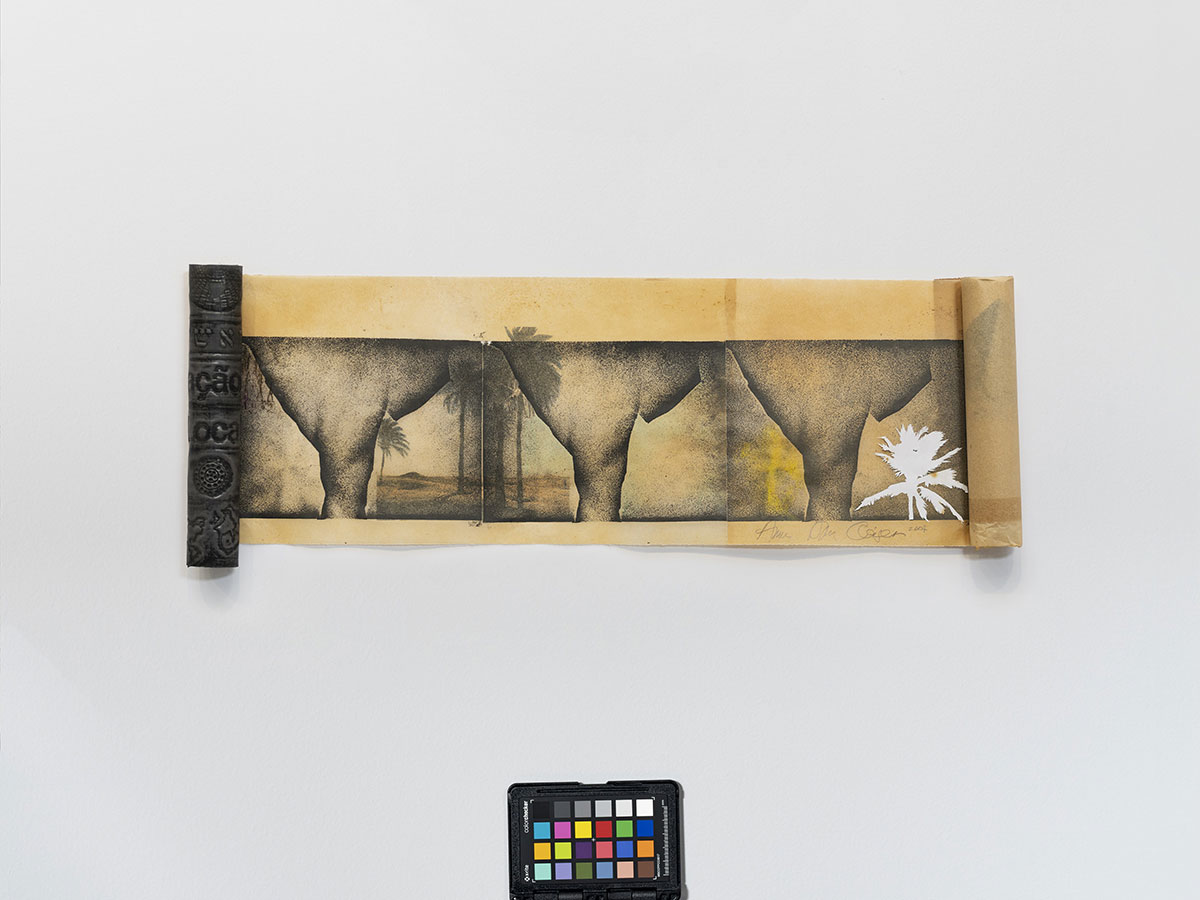
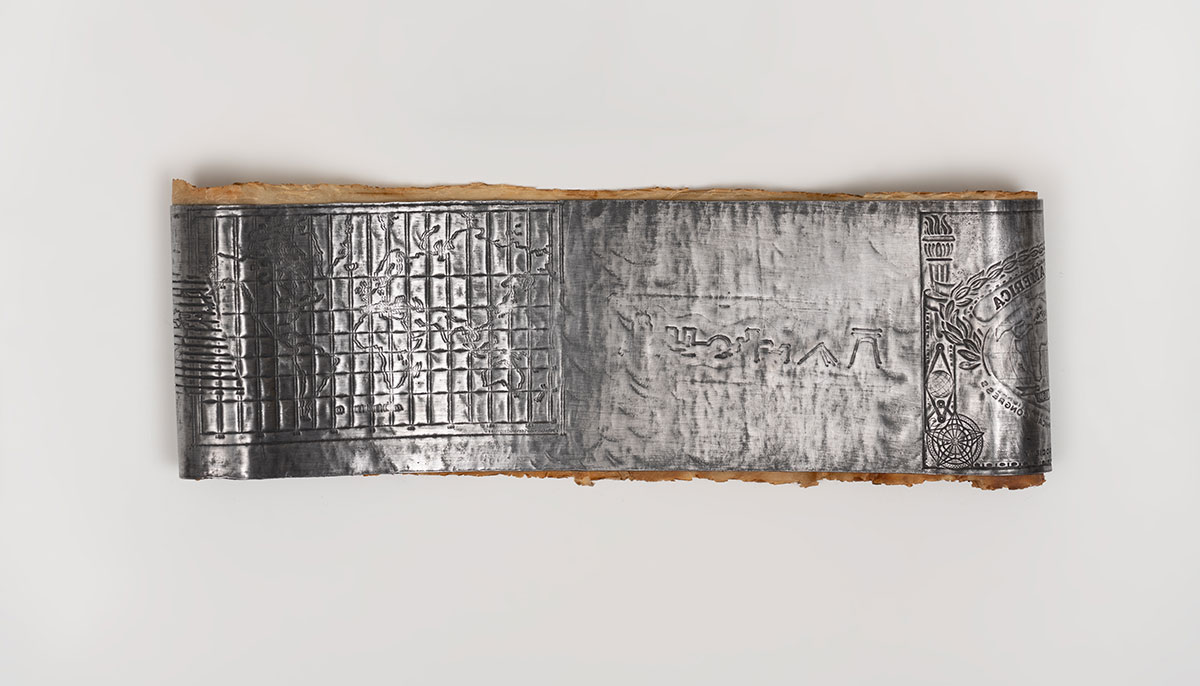
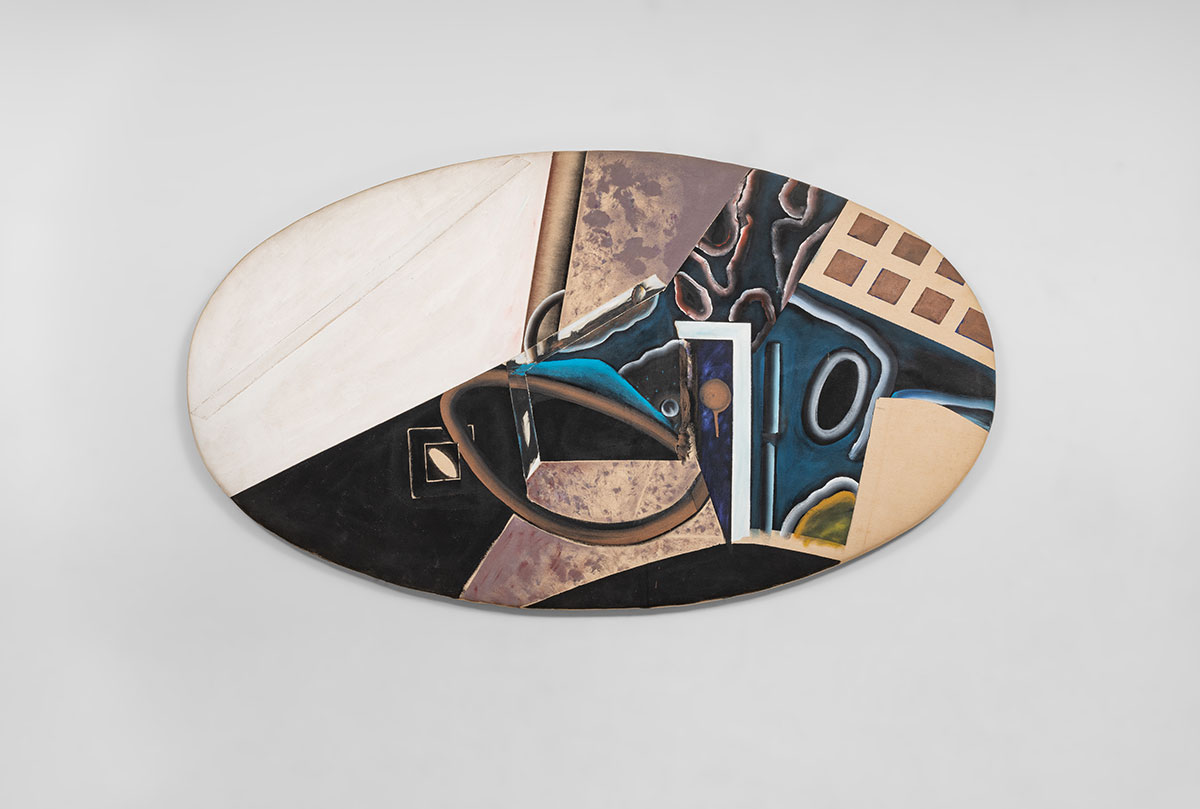
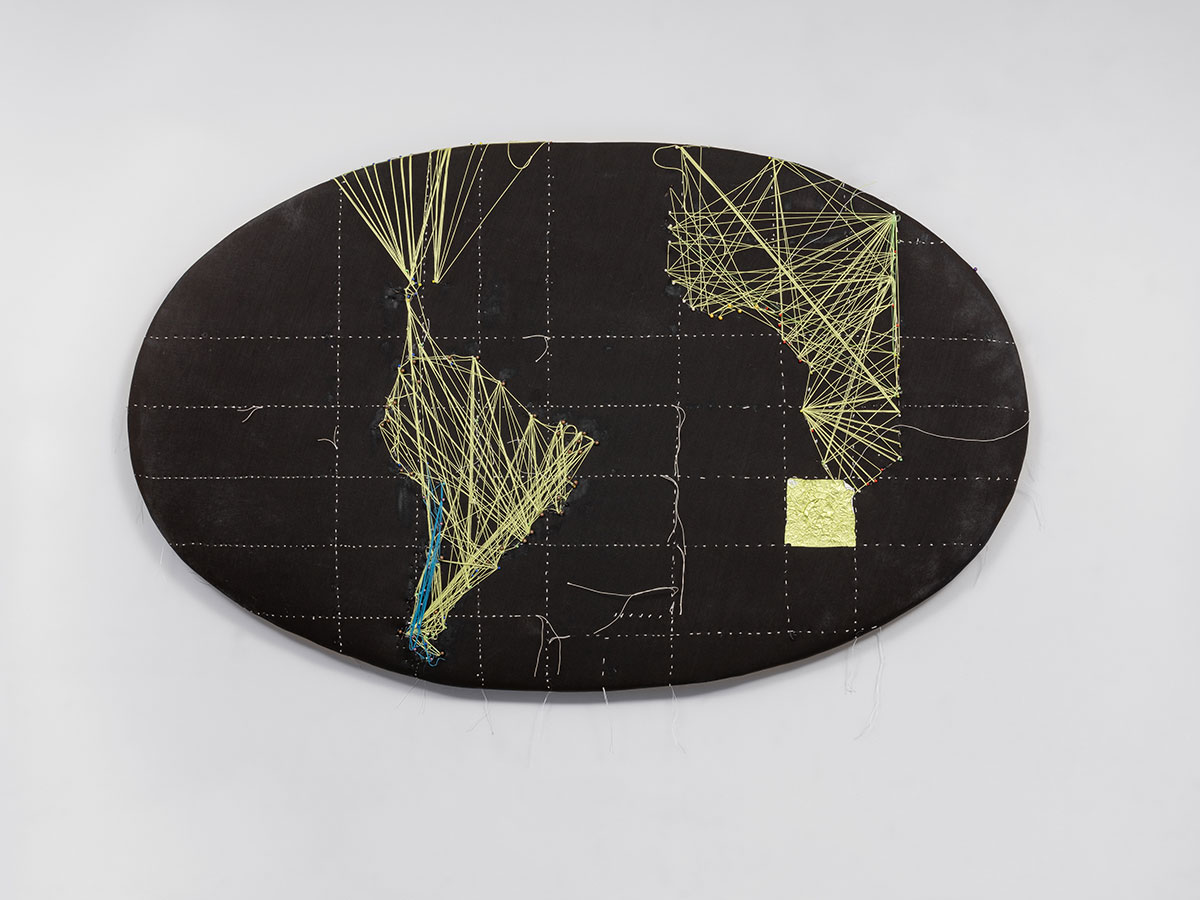
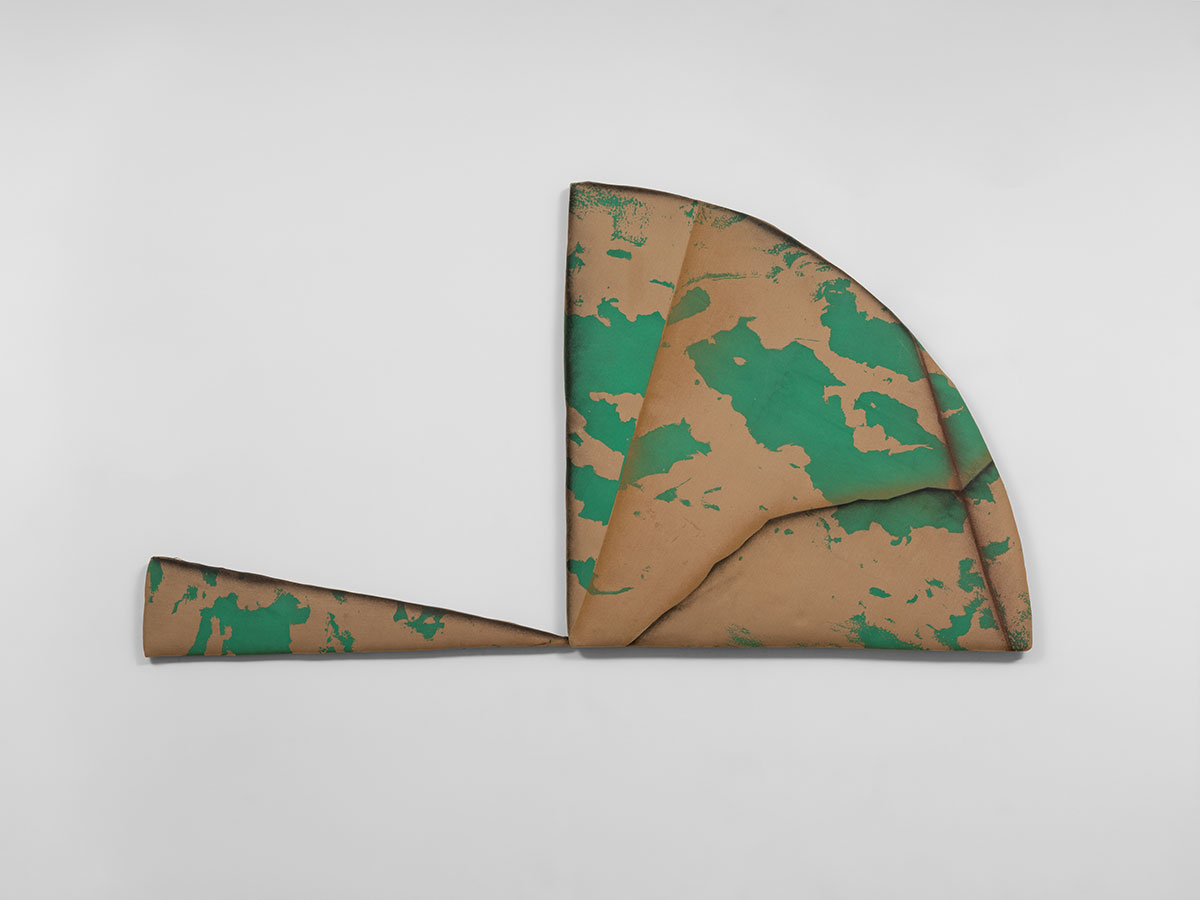
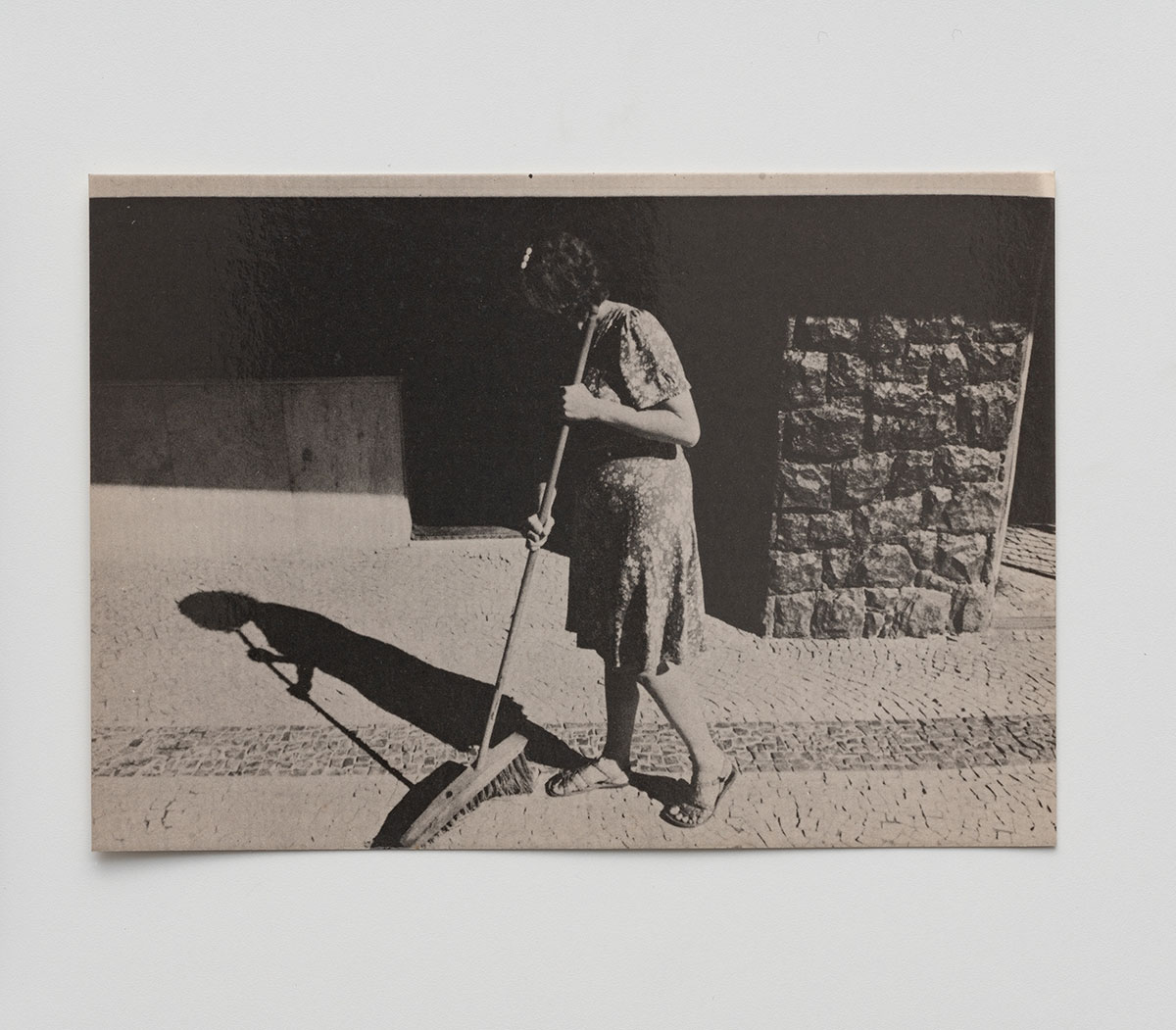
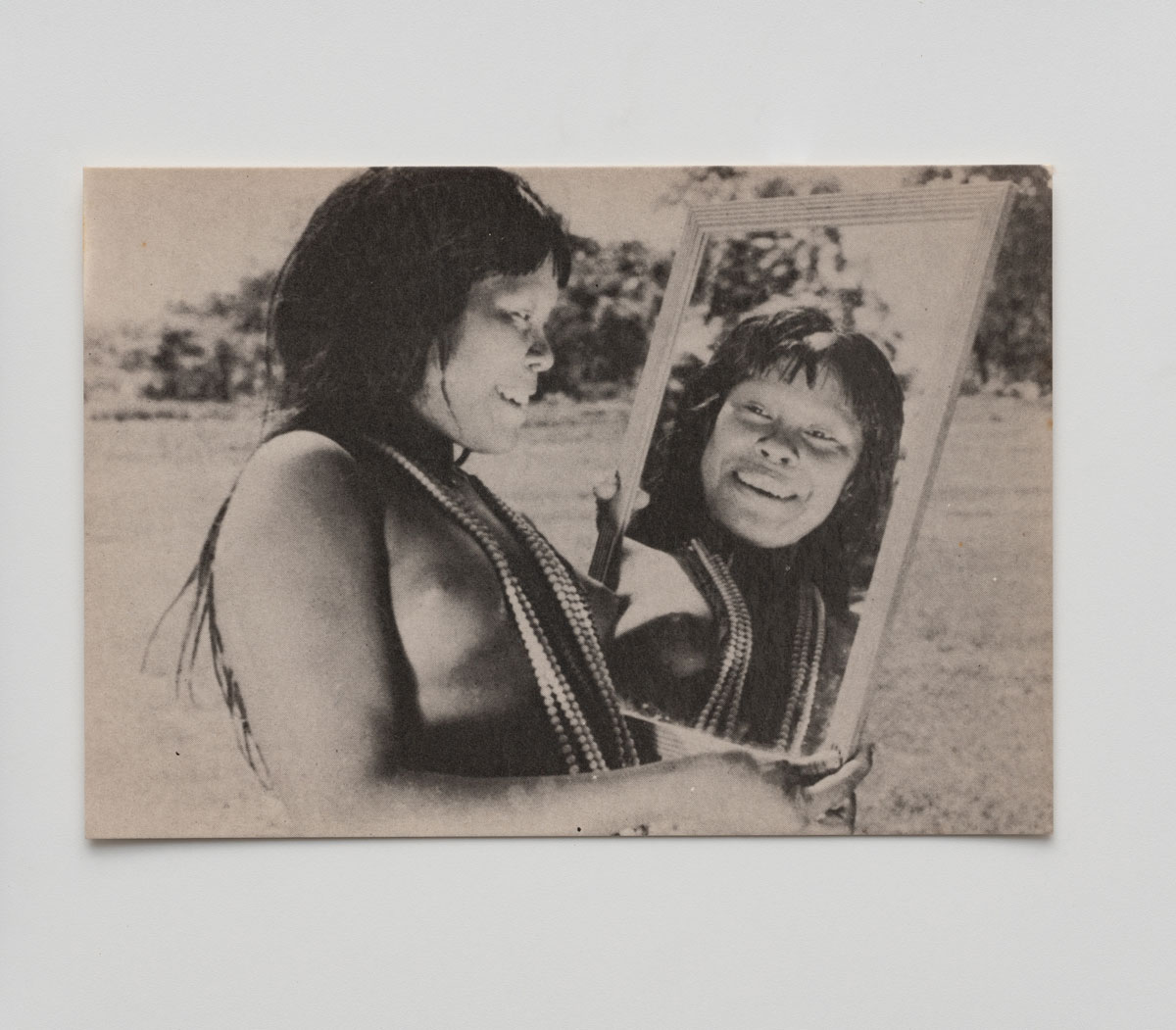
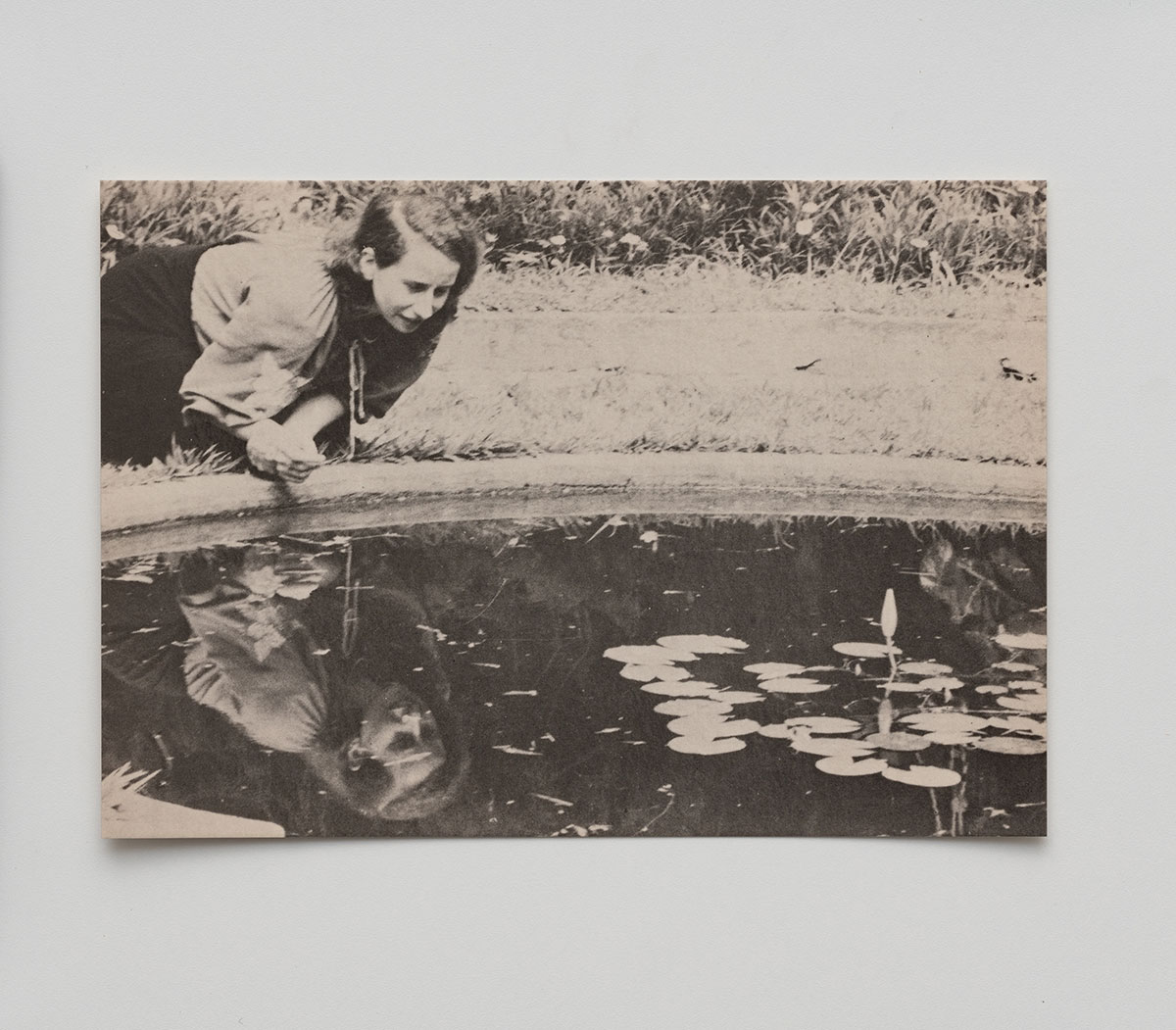
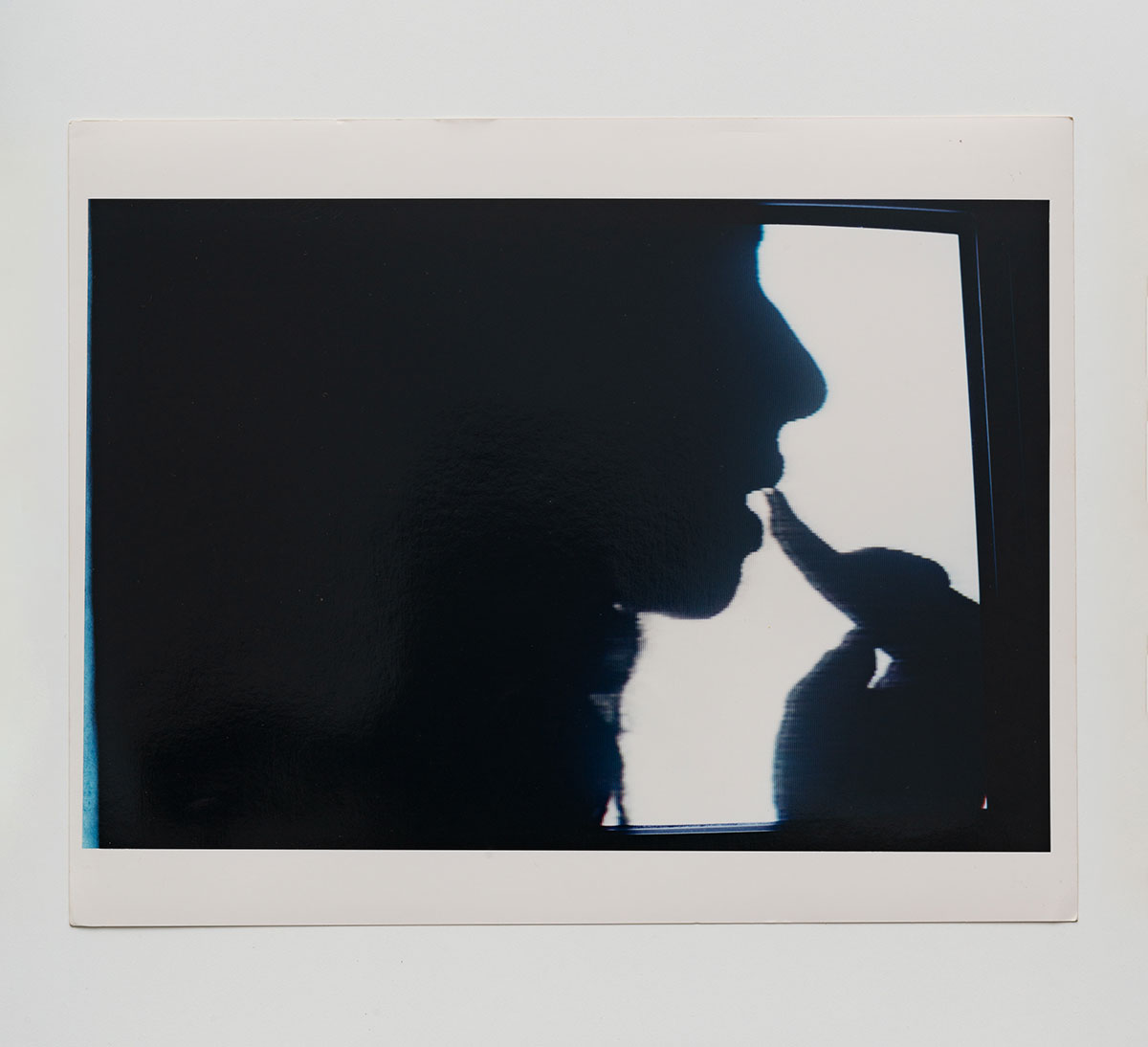
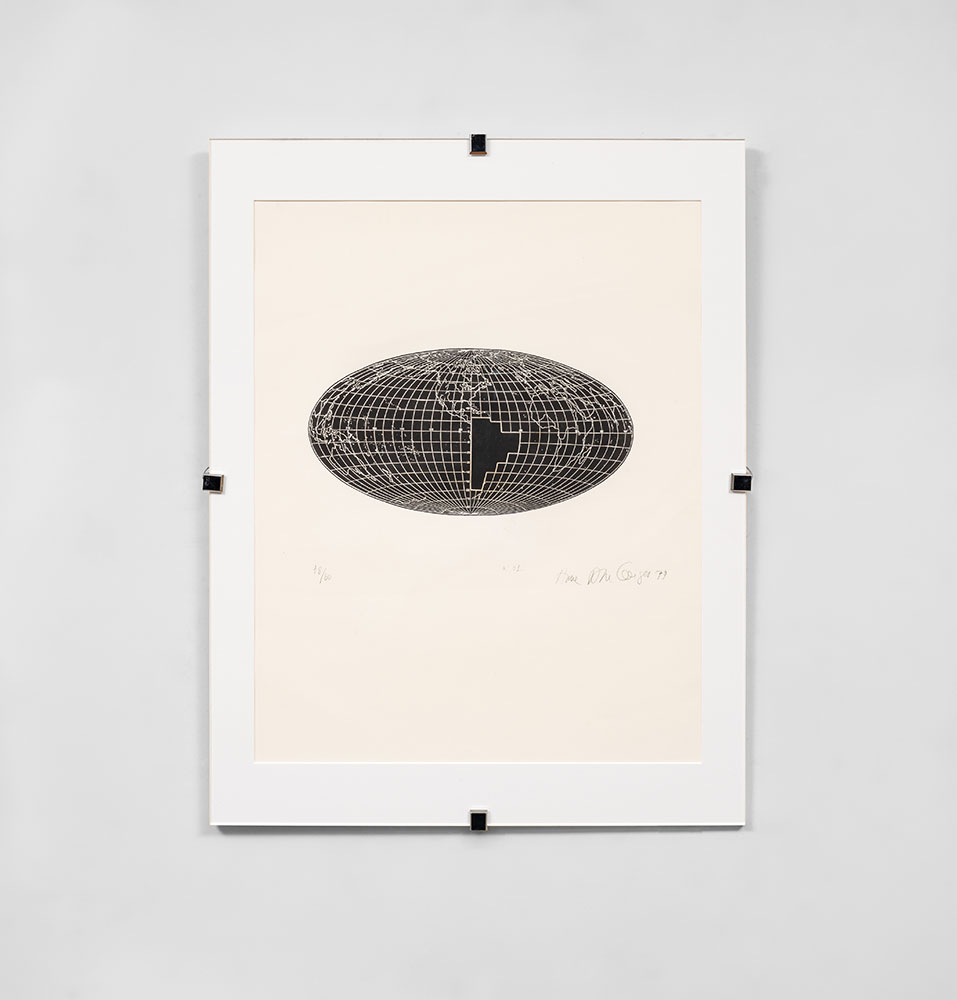
![Anna Bella Geiger, The Place of Action with Euhropa/Braz. LAT. AM.], 1995, Encaustic, foil and copper wires in metal drawer, Courtesy of the artist](http://www.dreamideamachine.com/web/wp-content/uploads/2021/05/ABG_15_a.jpg)
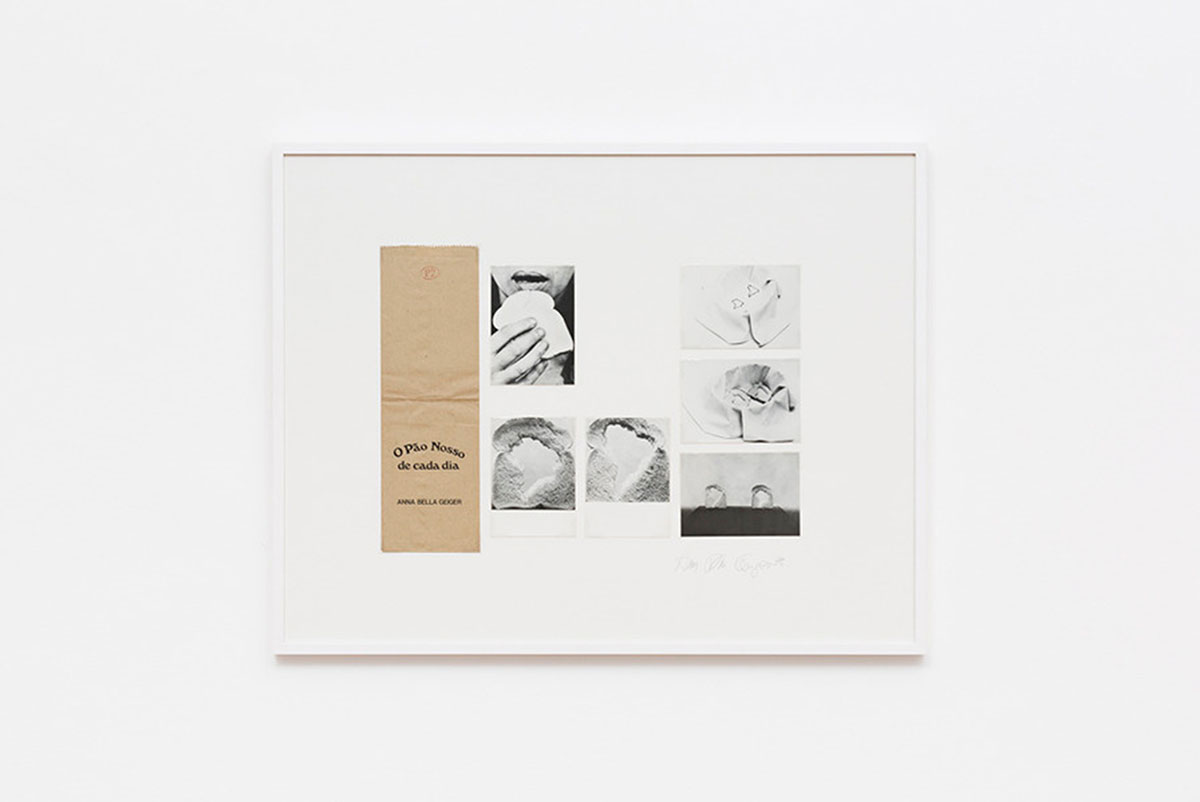
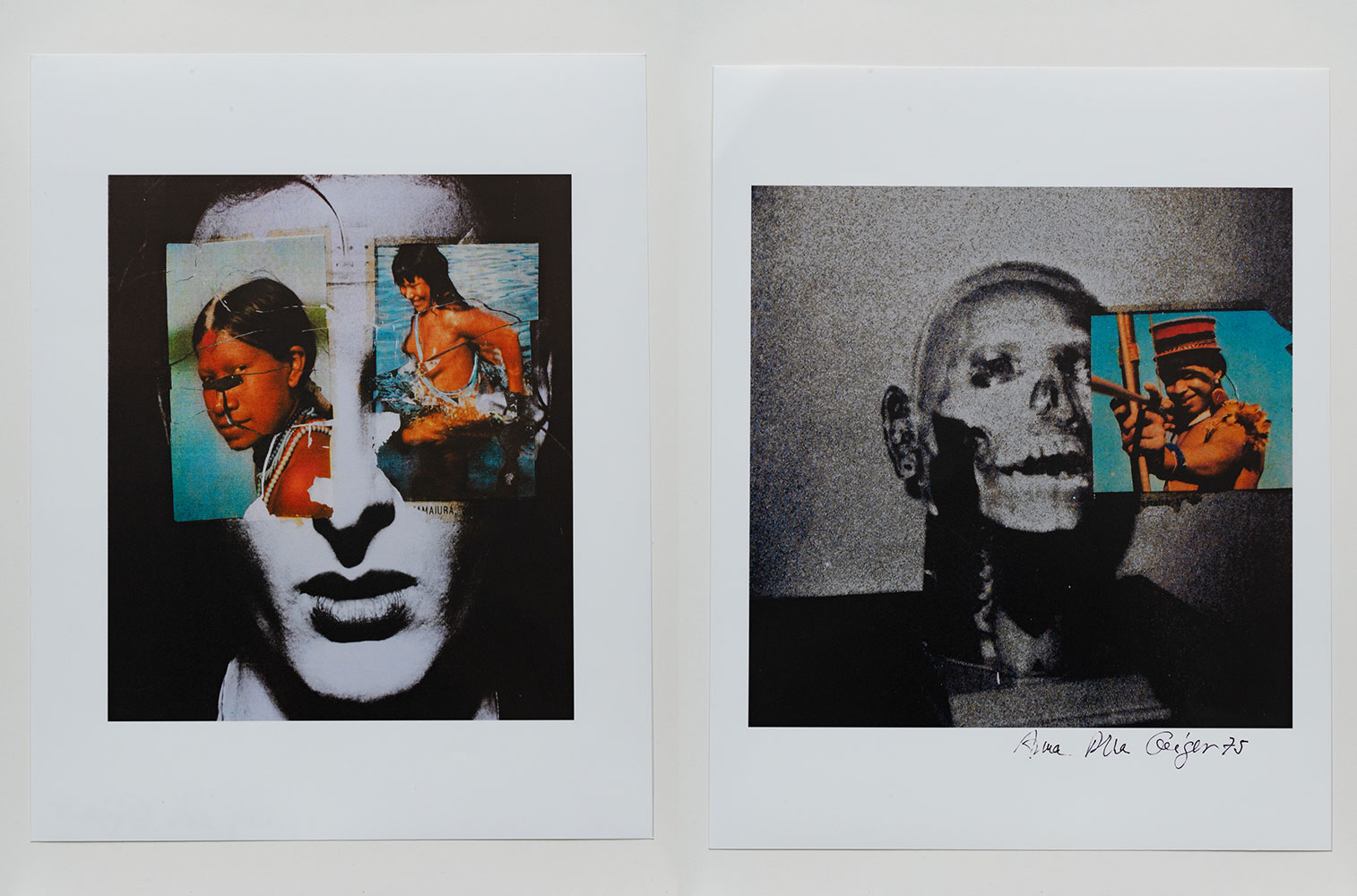
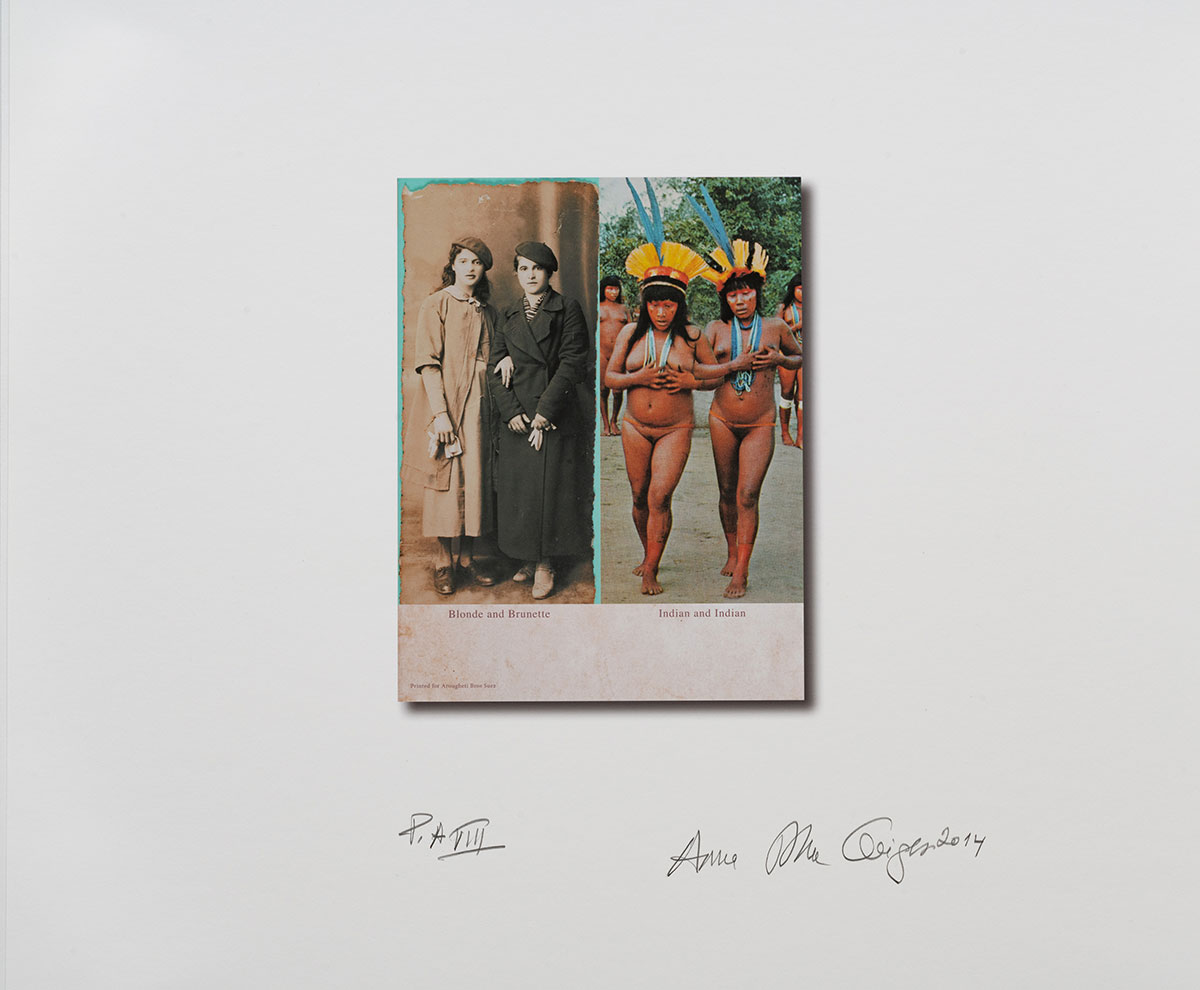
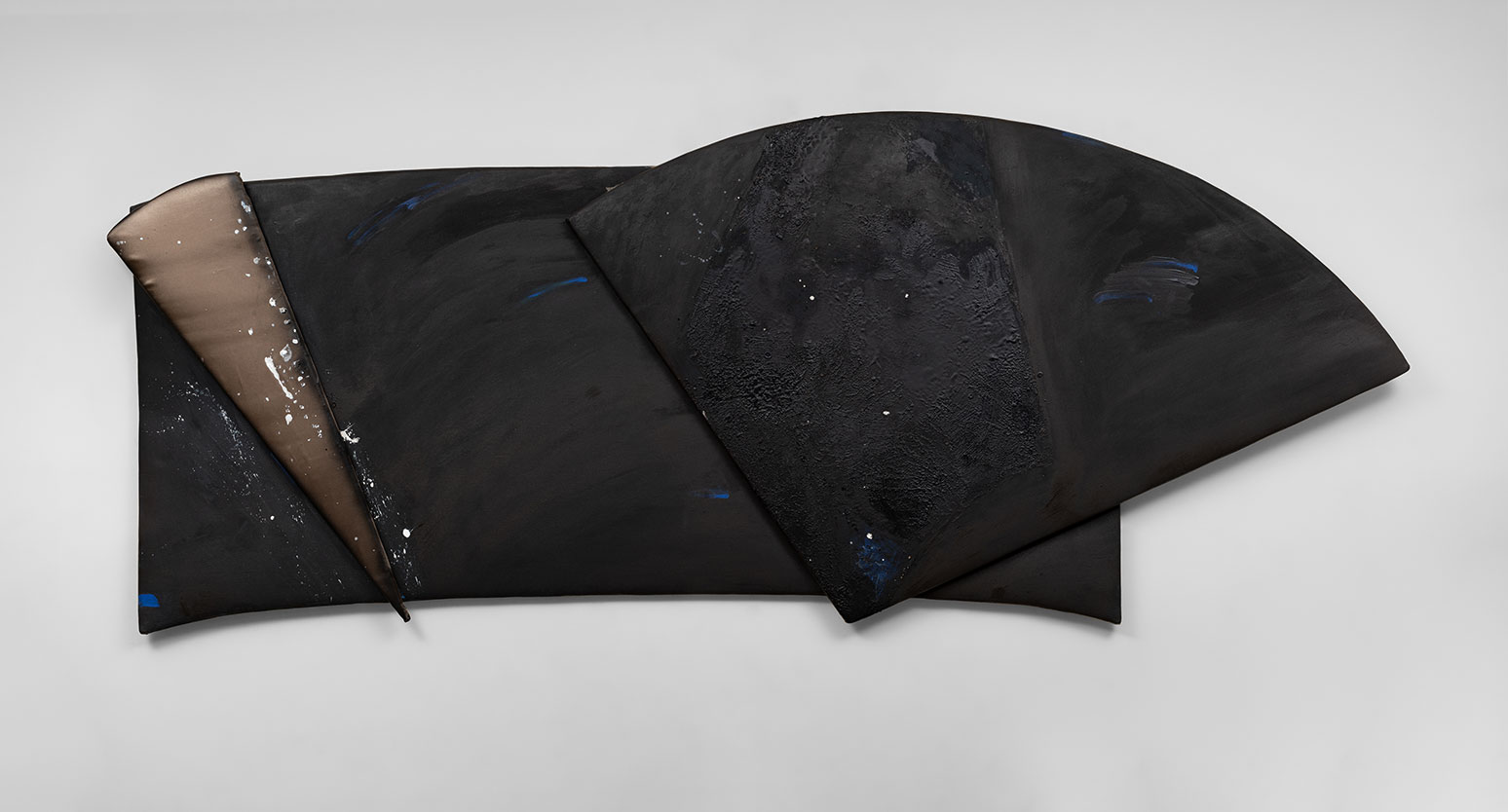
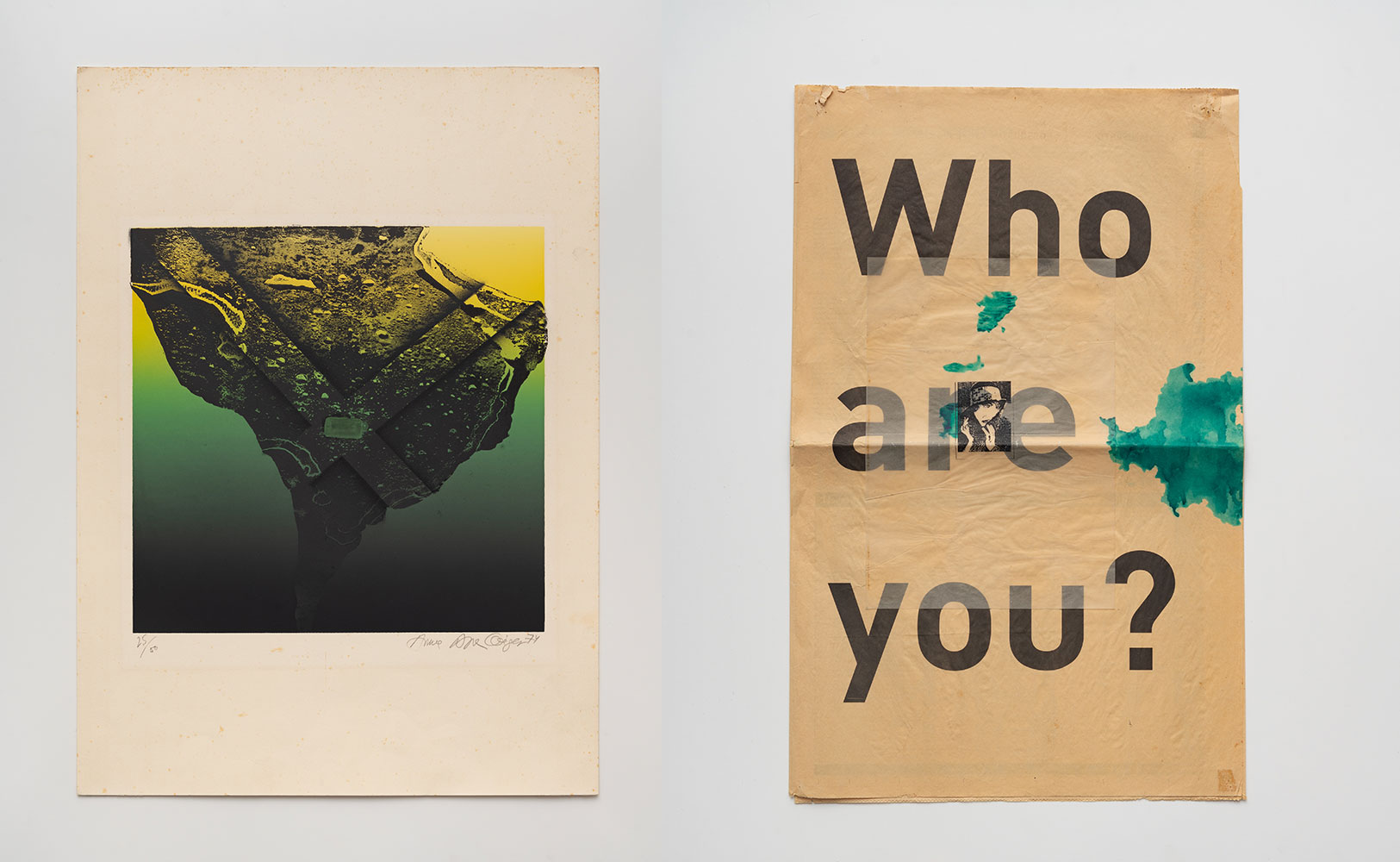
Right: Anna Bella Geiger, Rrose Sélavy, même, 1997/2018 , Newspaper page, photoserigraph and collage, Courtesy of the artist
